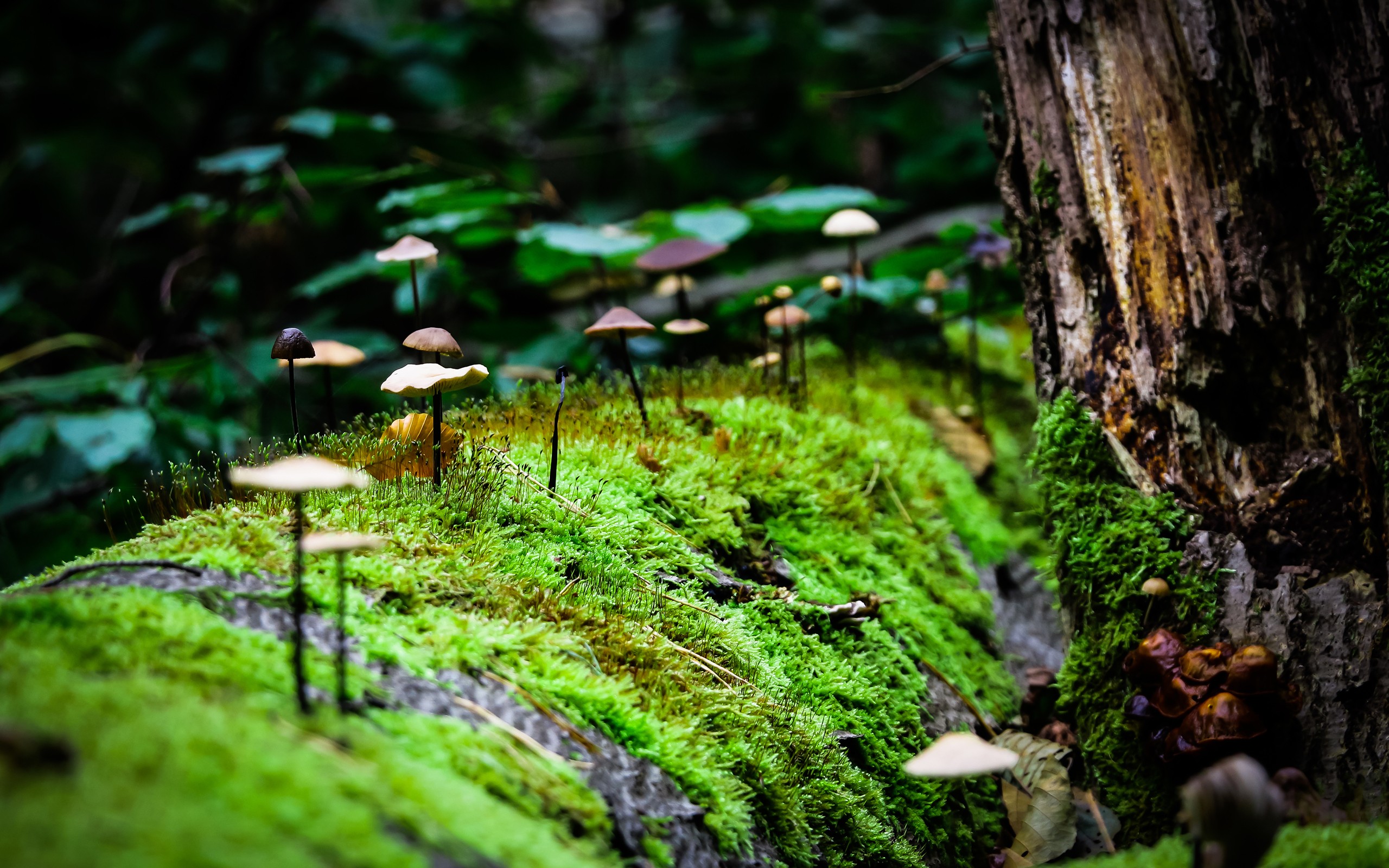
Mushroom growing has long been an enchanting pursuit, captivating the curiosity of those who seek to embrace the wonders of the fungal kingdom. With their earthy aroma, delicate textures, and intriguing flavors, mushrooms have found their way into countless recipes, cultural traditions, and even medicinal remedies. But the magic of mushrooms goes beyond the plate and into the realm of cultivation, where the delicate art of growing these fungi allows individuals to not only appreciate their culinary qualities but also unlock the secrets of their growth. From novice hobbyists to seasoned cultivators, the world of mushroom growing beckons to all who dare to embark on this fascinating journey. So, let us embark together on a venture into the fungi frontier, and discover the art, science, and sheer joy of mushroom cultivation.
The Basics of Mushroom Growing
Mushroom growing, also known as fungi cultivation, is a fascinating and rewarding practice that allows individuals to cultivate their own edible fungi at home. Whether you’re interested in exploring the culinary delights of different mushroom varieties or delving into the therapeutic benefits they offer, mushroom growing brings the magic of these humble organisms right to your fingertips.
To get started with mushroom growing, it’s crucial to understand the basic requirements for cultivating these fungi. First and foremost, mushrooms thrive in a controlled environment that mimics their natural habitat. This means providing them with the right temperature, humidity, and lighting conditions. It’s important to research the specific needs of the mushroom species you wish to cultivate to ensure optimal growth.
Next, selecting the appropriate growing medium is essential. Mushrooms require a substrate to grow on, and this can vary depending on the species. Common growing mediums include straw, wood chips, sawdust, or a mixture of these materials. The growing medium acts as a food source for the mycelium, the thread-like structure of the mushroom that eventually develops into the fruiting body.
Once you have set up the ideal growing environment and chosen a suitable substrate, it’s time to introduce the mushroom spores or spawn. These are the starting point of mushroom growth and can be obtained from specialized suppliers. Spores or spawn are typically mixed into the growing medium or placed on top of it, allowing them to colonize and form mycelium.
Mushroom growing is a delicate process that requires patience, attention to detail, and a bit of experimentation. By understanding the basics of mushroom cultivation, you can embark on a captivating journey into the world of fungi and unlock the wonders of growing your own mushrooms at home.
Choosing the Right Mushroom Varieties
When it comes to mushroom growing, selecting the right varieties is crucial. Different mushrooms have different growth requirements and characteristics, so it’s important to choose the ones that best suit your needs and preferences.
-
Understanding Your Growing Conditions
Before choosing mushroom varieties, it’s essential to assess your growing conditions. Consider factors such as temperature, humidity, and light availability. Some mushrooms thrive in cooler temperatures, while others prefer warmer environments. Additionally, the humidity levels required may vary between different varieties. By understanding your growing conditions, you can narrow down your choices and ensure successful cultivation.
-
Considering Your Culinary Preferences
Another aspect to consider when selecting mushroom varieties is your culinary preferences. Some mushrooms are prized for their unique flavors or textures, making them ideal for specific dishes. For instance, if you enjoy earthy flavors, you might consider growing shiitake or porcini mushrooms. On the other hand, if you prefer a milder taste, white button mushrooms could be a good choice. By aligning your mushroom selection with your culinary preferences, you can indulge in a personalized gourmet experience.
-
Assessing the Level of Difficulty
Different mushroom varieties vary in terms of difficulty to grow. Some are more beginner-friendly, while others require more advanced techniques or specific growing conditions. If you are new to mushroom cultivation, it’s advisable to start with varieties that are easier to grow, such as oyster mushrooms. As you gain experience and confidence, you can venture into cultivating more challenging species. Assessing the level of difficulty ensures that you choose mushroom varieties that are appropriate for your skill level.
Remember, the success of your mushroom growing venture depends on careful variety selection. By considering your growing conditions, culinary preferences, and the level of difficulty, you can ensure a fruitful and rewarding experience.
Tips and Tricks for Successful Mushroom Cultivation
- Understanding the Basics
To successfully grow mushrooms, it is essential to grasp the fundamental principles of their cultivation. Firstly, it’s important to choose the right mushroom species for your growing conditions, as different mushrooms thrive in different environments. Additionally, familiarize yourself with the life cycle of mushrooms, including the processes of inoculation, fruiting, and harvesting. Understanding these basics will allow you to make the necessary adjustments to create an optimal growing environment for your mushrooms.
- Creating the Ideal Environment
Creating the ideal environment for mushroom cultivation is crucial for a successful harvest. Mushrooms prefer cool and dark spaces with high humidity levels. Temperature and humidity control can be achieved by utilizing a variety of methods, such as using a humidifier or misting system, and by placing the growing containers in a cool, shaded area. It’s also essential to provide adequate ventilation to prevent the growth of molds and bacteria that can negatively impact your mushrooms’ development.
- Maintaining Hygiene and Sterility
Maintaining proper hygiene and sterility throughout the growing process is vital to prevent contamination and ensure healthy mushroom growth. Start by sterilizing your tools, equipment, and growing medium before each use. Use disinfectants and follow recommended sterilization procedures to minimize the risks of contamination. Additionally, it’s crucial to wash your hands thoroughly and wear clean clothing when handling the mushrooms to prevent the introduction of harmful microorganisms.
Remember, successful mushroom cultivation requires patience and attention to detail. By understanding the basic principles, creating an ideal growing environment, and maintaining proper hygiene and sterility, you’ll be on your way to unlocking the magic of mushroom growing.